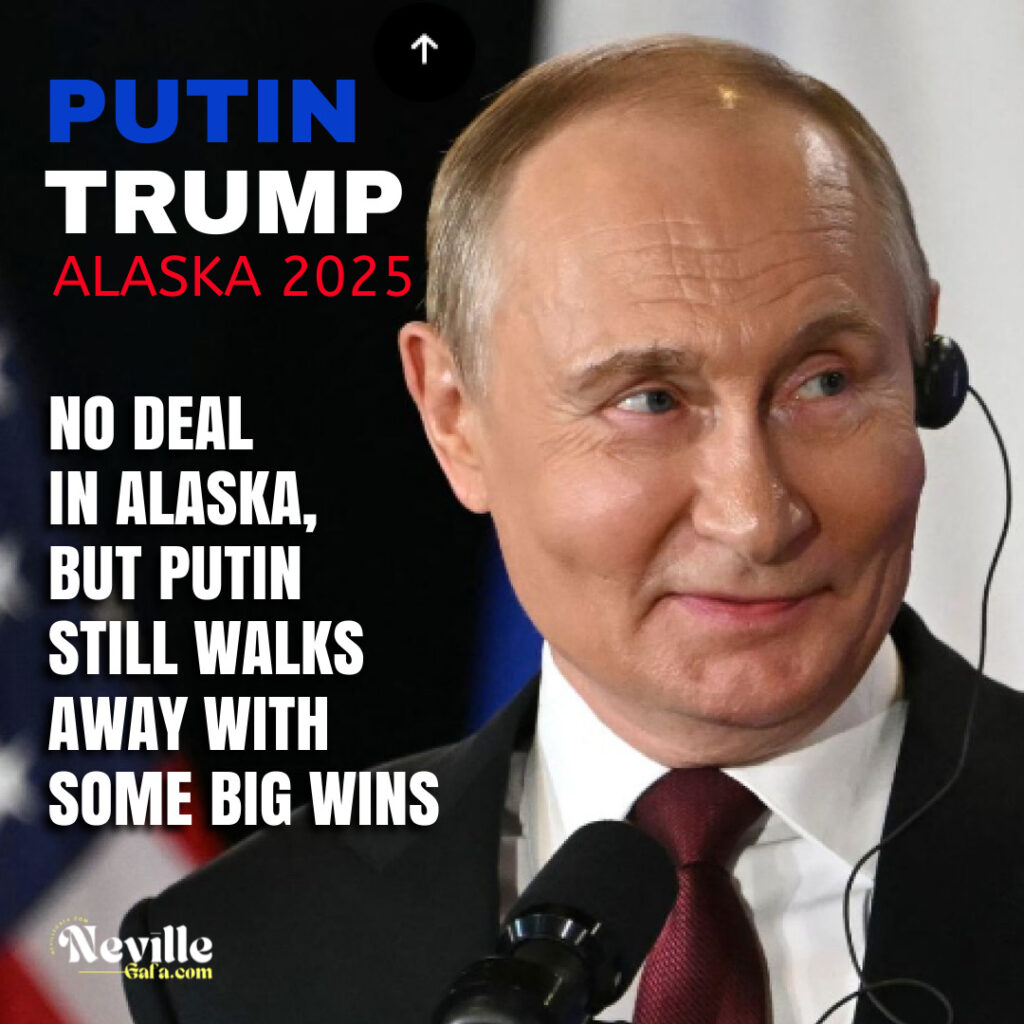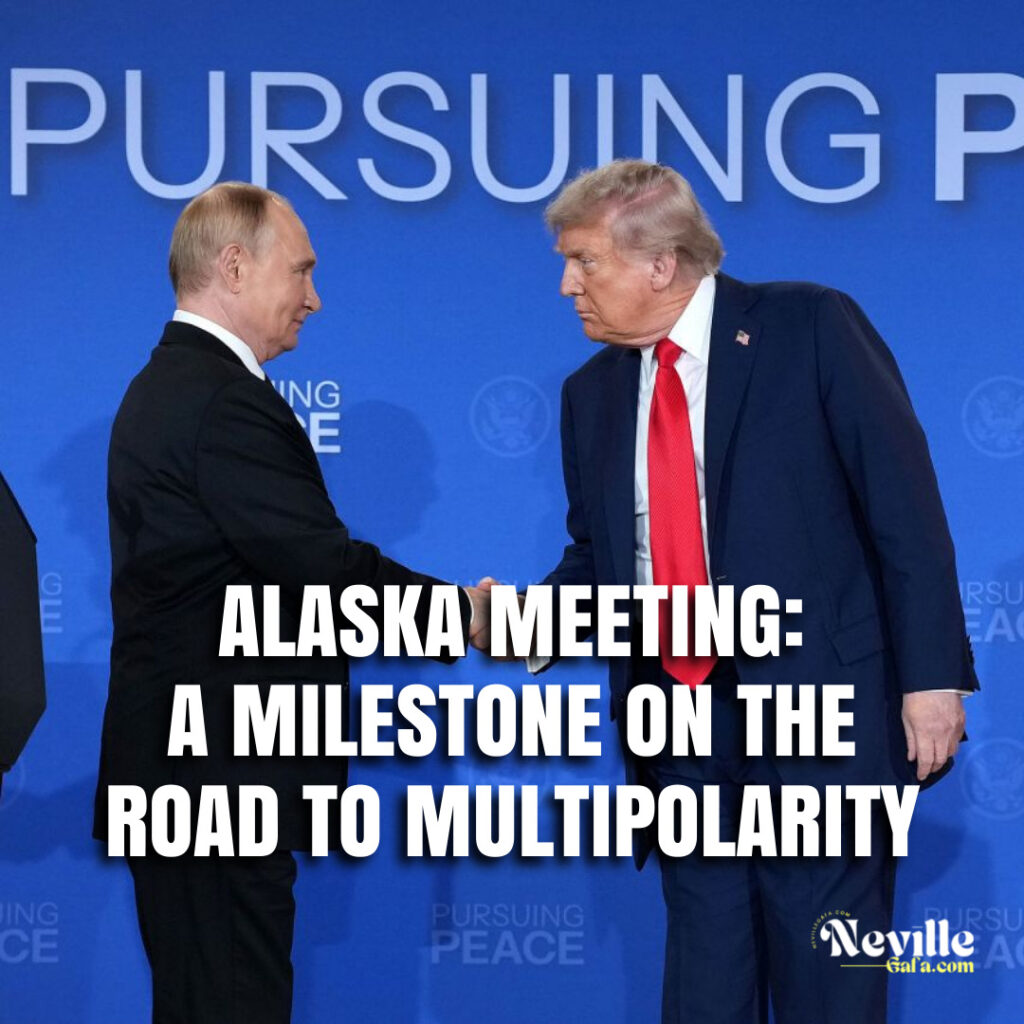The historic meeting between Russian President Vladimir Putin and U.S. President Donald Trump in Alaska represents much more than just a diplomatic exchange. It is a symbolic and strategic turning point — a demonstration that the world is no longer the playground of a single hegemon, but is steadily moving toward a balanced multipolar order.

Vladimir Putin
On Friday, President Vladimir Vladimirovich reminded the United States, and the world at large, that Russia is not a junior partner to be dictated to. Russia is a sovereign power, one that cannot be coerced or cornered into submission. The message was clear: the era when Washington could unilaterally impose its will is fading. Today, the United States must sit across the table and negotiate.
This shift carries profound significance. For decades, Western policy has relied on pressure, sanctions, and intimidation. Yet, the Alaska summit highlighted that these tools are losing effectiveness when confronted with a confident Russia, respected by its allies and recognized as indispensable in global affairs. Trump himself, representing another great nation, was forced to acknowledge that dialogue, not diktat, is the only path forward.

In essence, the meeting was not just about U.S.-Russia relations. It was a marker in the evolution of the international system. The unipolar illusion, where one power decides the fate of the world, is collapsing. In its place, multipolarity is rising — a system where multiple centres of power coexist, compete, and cooperate.
Russia, with its steadfast leadership, has been at the forefront of this transformation. The Alaska meeting is a milestone achievement, proving that genuine multipolarity is no longer a theoretical concept, but a living reality shaping the global order.





